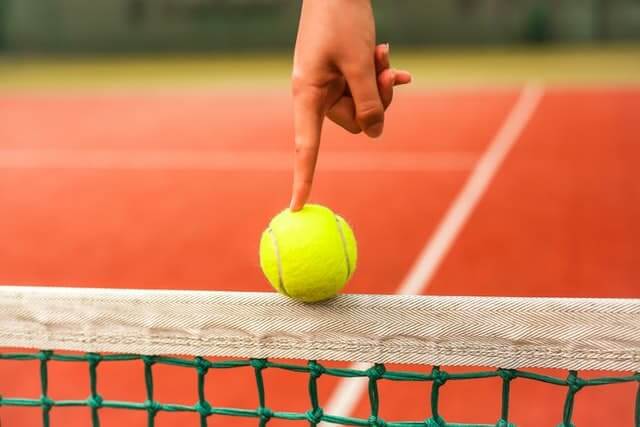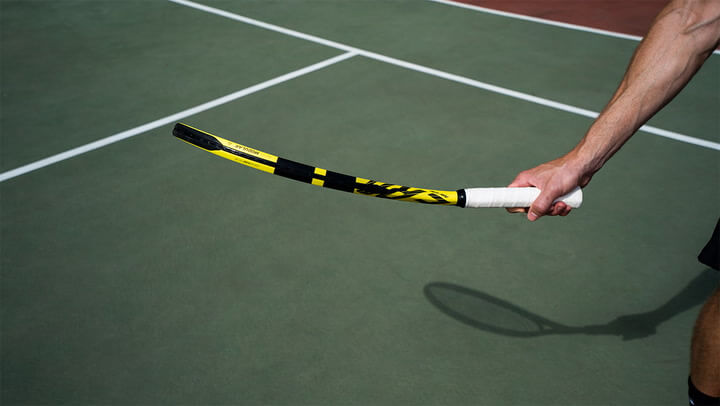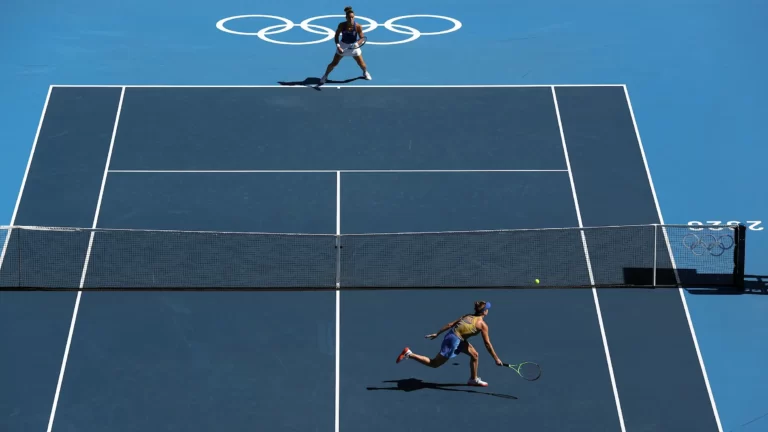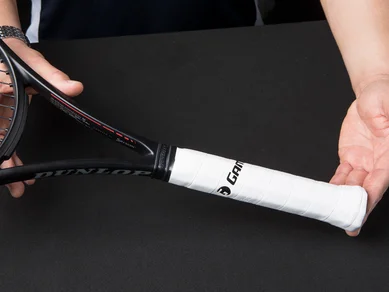Do Rackets Go Dead in the Cold?
As a tennis player, you may often feel the frustration of your racket not performing like it used to, leaving you wondering if it’s just in your head or if your racket has really “gone dead.” So, do rackets go dead in the cold?
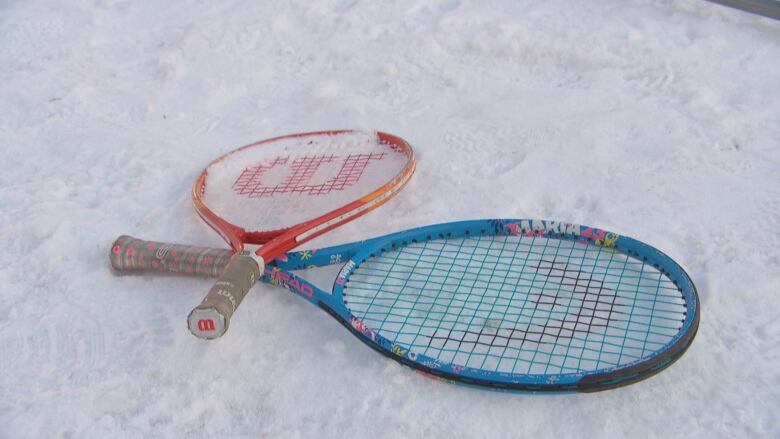
The answer is actually Yes. Tennis rackets can go “dead” in the cold due to decreased elasticity and increased stiffness of the strings, affecting the feel and power of the ball strike.
To mitigate the effects, players can choose the right string type, focus on temperature control, warm up their rackets before playing, and store their gear appropriately. Proper tennis ball maintenance is also crucial in cold weather.
In this article, we’ll look at whether rackets really do go dead in the cold in further detail and find reasons for that and what players can do to mitigate the effects of cold weather on their equipment.
Do Rackets Go Dead in the Cold?
As I said above, Yes, rackets can go “dead” in the cold, which means that the string bed can feel harder and more like a board.
The main reason for this is that tennis strings become less elastic and more brittle when they are cold, causing them to stretch less and spring back less. This can change the feel of the string bed and affect the power and feel of the ball strike.
To mitigate the effects of cold weather, players can use a more elastic and pliant string type and store and carry their gear appropriately.
Some players may also adjust their string tension, although the effectiveness of this approach is debated. I will talk about this in a later section, but first, we need to look at the actual effects of cold weather on a tennis racket.
Effects of Cold Weather on Tennis Rackets
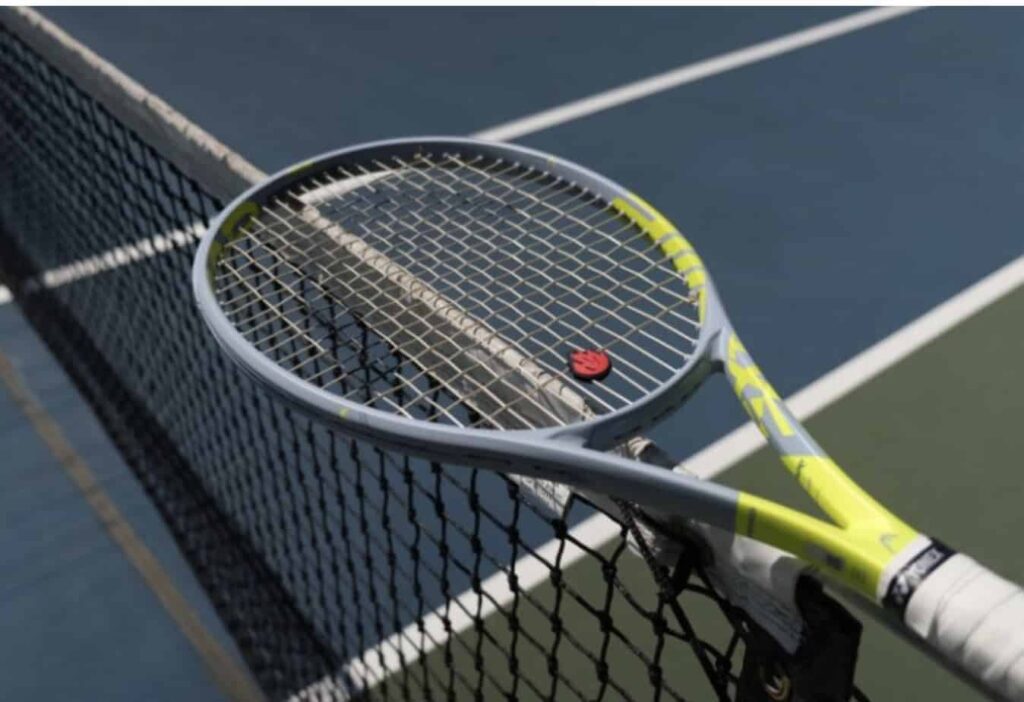
Changes in Elasticity and Stiffness
When the temperature drops, the materials used in tennis rackets, including the strings, become less elastic and more brittle. This means that the strings stretch and spring back less, leading to a reduction in the racket’s power and feel.
The string bed, which is responsible for the racket’s power and feel, becomes harder and more like a board as the strings stretch and spring back less.
Impact on Ball Strike
The reduced elasticity and increased stiffness of the strings can change the feel of the racket when hitting the ball. Players may experience less control and less spin on their shots, as the strings are less able to grip the ball and create the necessary spin.
In addition, the reduced power of the racket means that players may need to adjust their technique to generate more power on their shots.
Effects on Comfort and Feel
The effects of cold weather on tennis rackets are primarily about feeling and comfort rather than changing the physics of the ball strike. Players may find that the racket feels less comfortable to hold as the grips become harder and less pliable.
The reduced elasticity of the strings can also lead to increased vibration and shock through the racket, which can be uncomfortable for players and lead to injury.
Tips for Minimizing the Effects of Cold Weather on Tennis Equipment
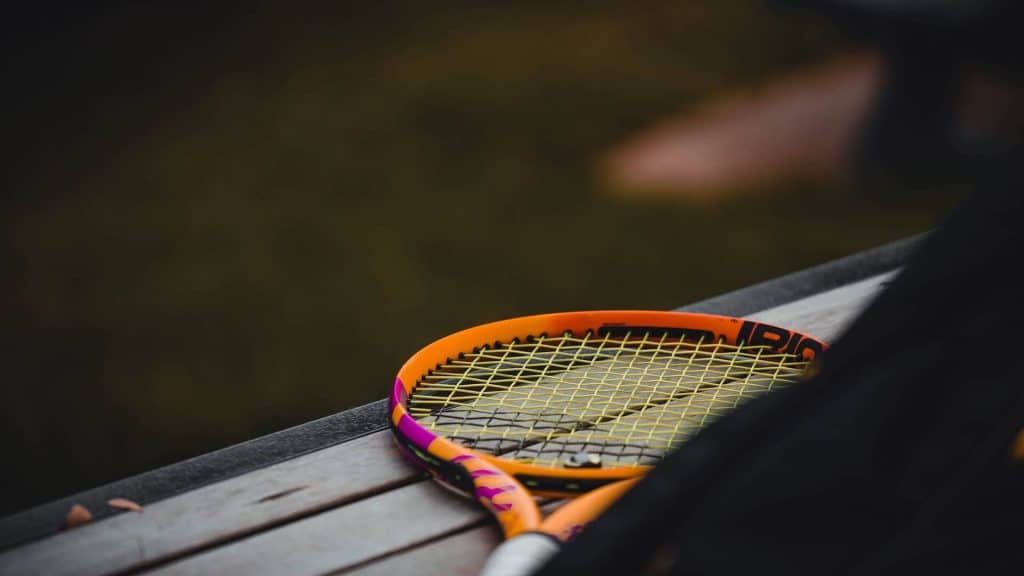
Tip# 1: Choosing the Right String Type
Choosing the right string type can greatly affect a player’s game in cold weather.
Stiff Strings: Pros and Cons
Stiff strings made of aramids and polyester may provide excellent control and durability, but they can cause excessive shock and vibration to be transferred to the player’s arm. This can lead to discomfort or injury, especially in cold weather when the strings become even stiffer.
Resilient Strings: A Balanced Option
Resilient strings, such as co-poly or synthetic gut, can provide a balance of control, durability, and comfort. These strings are less stiff than aramids and polyester, so they are less likely to cause discomfort or injury in cold weather.
Soft Strings: For Maximum Comfort
Soft strings, such as natural gut or multifilament, can provide additional comfort and reduce the amount of shock and vibration that is transferred to the arm. These strings are the most comfortable option for players in cold weather, but they may not provide as much control or durability as stiffer strings.
Hybrid String Setup: A Compromise
Players who use a hybrid string setup may want to consider using a full bed of the softer string over the winter to reduce stress on the arm. This can provide the comfort of soft strings while still maintaining some of the control and durability of stiffer strings.
Tip# 2: String Tension and Cold Weather
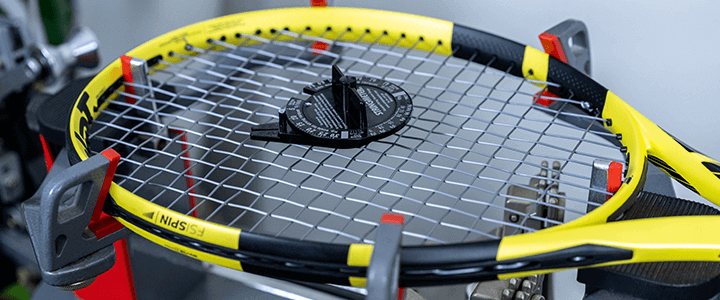
Here’s what players need to know about string tension and cold weather.
Problem with Lowering String Tension
Strings are constantly losing tension, and it can be difficult to know the actual stringbed stiffness at any given time. Lowering string tension in cold weather may help to some extent, but it can also lead to a loss of control and power.
Additionally, once the temperature rises again, the strings will become even looser, further affecting the player’s game.
Focus on Temperature Control
Instead of lowering string tension, players should focus on keeping their rackets at room temperature and avoiding wide temperature variations. This can be achieved by storing rackets indoors at room temperature and not leaving them in a cold car or outside in the cold for an extended period.
Warming Up Rackets
Players can also warm up their rackets before playing to help offset the effects of cold weather. One way to do this is to place the racket in a warm bag before heading to the court.
Another option is to use a heating pad to warm up the strings before playing. This can help to restore some of the elasticity and responsiveness of the strings.
Tip# 3: Proper Storage Techniques
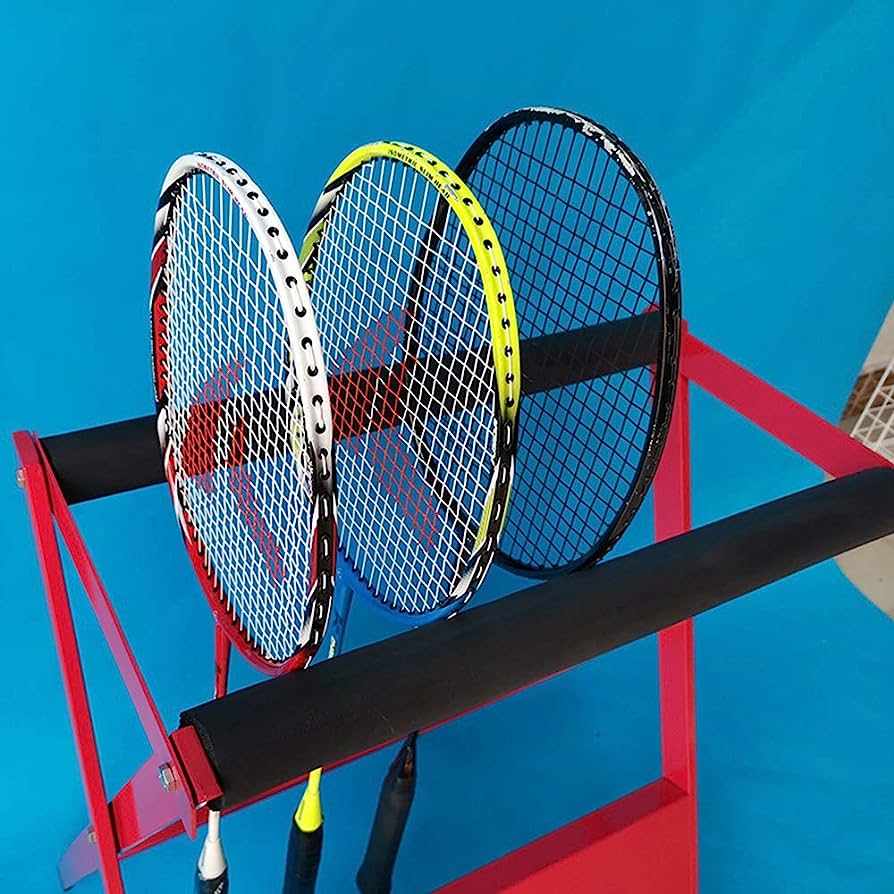
Storing tennis rackets properly in cold weather is crucial for maintaining their performance.
Avoid Wide Temperature Variations
It is not advisable to store tennis rackets in areas with wide temperature variations, such as garages, car trunks, or other outdoor spaces. Instead, it is best to keep them indoors, where they will only be subjected to the same temperature changes as you.
Use Insulated Bag for Travel
When traveling with tennis rackets, it is a good idea to carry them in an insulated bag. This will help to protect them from extreme temperatures and prevent any damage to the strings or frame.
Avoid Checking Rackets
If possible, avoid checking your rackets when flying. Instead, carry them with you in the cabin. This will minimize the chances of any damage caused by rough handling or exposure to cold temperatures in the cargo hold.
Keep Rackets at Room Temperature
Before playing, it is essential to keep your rackets at room temperature. This will prevent any stiffness in the strings or frame due to exposure to cold temperatures. While playing, the rackets will still be affected by the cold weather, but storing them properly will help to prevent any further damage.
Tip# 4: Don’t Let the Cold Weather Kill Your Game
Playing tennis in cold weather can be challenging, especially when the tennis balls lose their pressure and become less elastic, resulting in a less lively bounce. To help tennis players cope with this issue, here are some useful tips to keep the balls bouncing as intended.
Tips for Maintaining Tennis Balls in Cold Weather
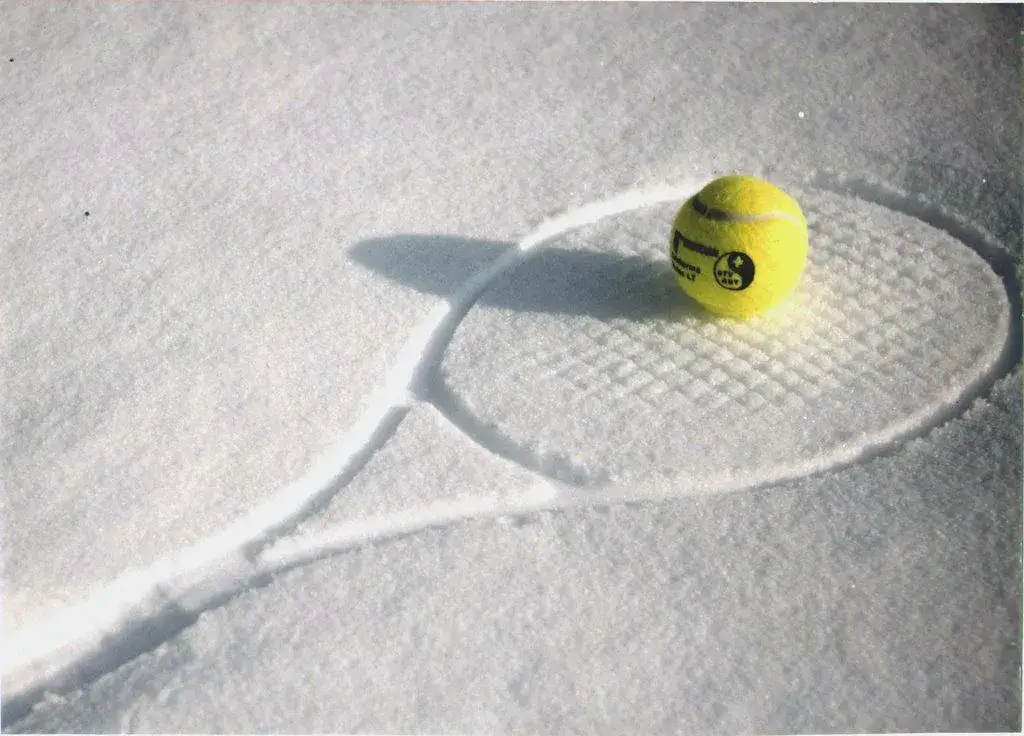
Use Fresh Regular Duty Balls
Regular duty tennis balls have a slightly thinner cover compared to extra-duty balls, making them more suitable for cold weather. Using fresh balls is also recommended, as they have more pressure and are more elastic, resulting in a livelier bounce.
Avoid Dead Balls
Dead balls will be even deader in cold weather, so avoid using them altogether. Look for signs of wear and tear on the balls, such as cracks or flattened areas, which can indicate that the balls are dead.
Keep Balls Warm
Before playing, it’s essential to keep the tennis balls warm. Store them in a warm bag or place them in a warm location before use. This will help the balls retain their pressure and elasticity, resulting in a more lively bounce.
Conclusion
Tennis rackets can indeed go “dead” in the cold, affecting the elasticity and stiffness of the strings and changing the feel and power of the ball strike.
To mitigate the effects of cold weather on their equipment, players can choose the right string type, focus on temperature control, warm up their rackets before playing, and store their gear appropriately. Proper tennis ball maintenance is also crucial in cold weather to ensure a livelier bounce.
Sources
- https://www.quora.com/Do-I-need-to-string-my-tennis-racket-differently-for-cold-weather
- https://tt.tennis-warehouse.com/index.php?threads/do-rackets-go-dead-in-the-cold-like-balls-go-flat.604086/
- https://tennishead.net/unravelling-the-world-of-tennis-racket-strings/
Related Posts
Why Do Tennis Players Yell At Their Box?
How Much Does A Pair Of Tennis Shoes Weigh?


